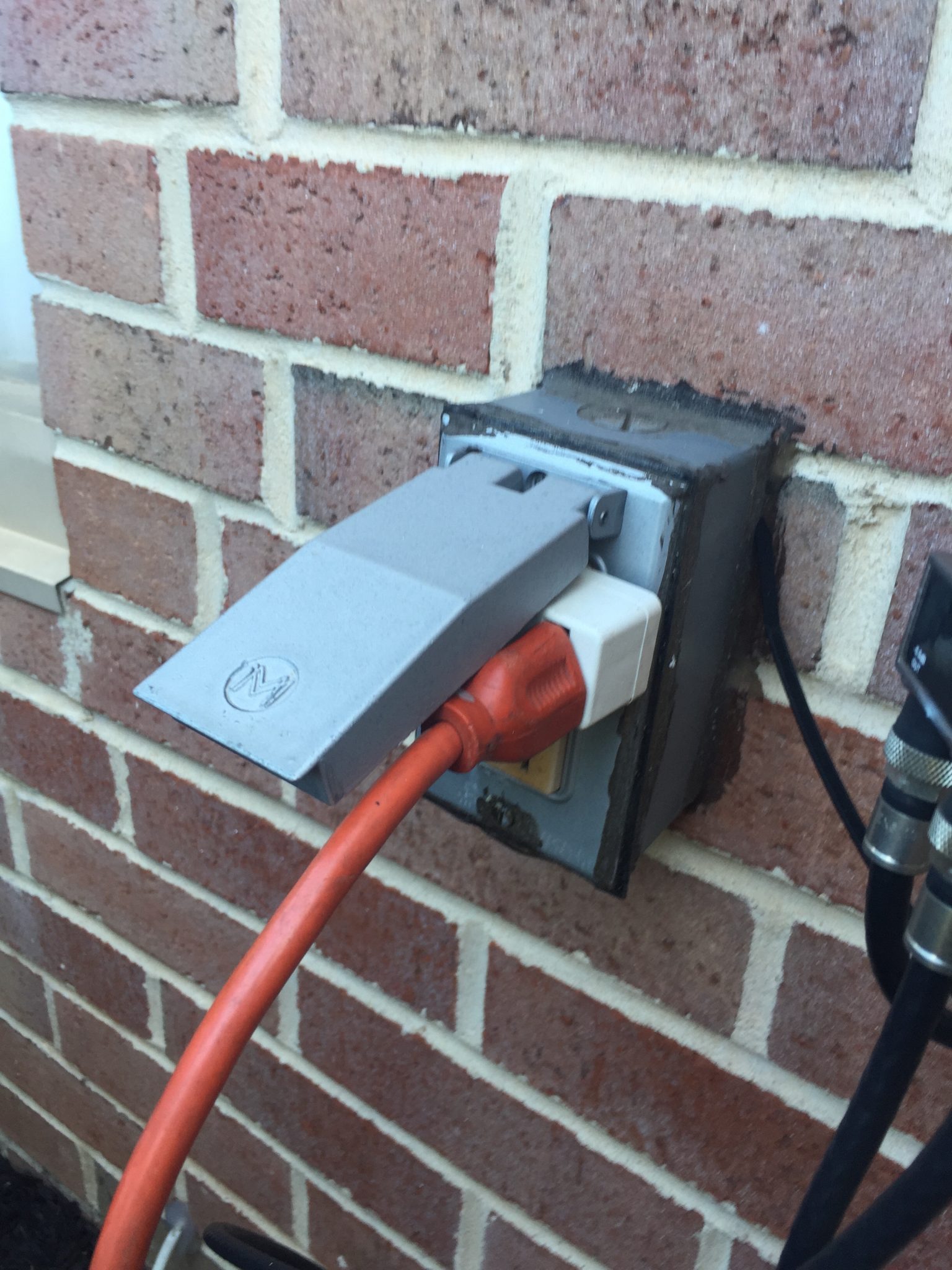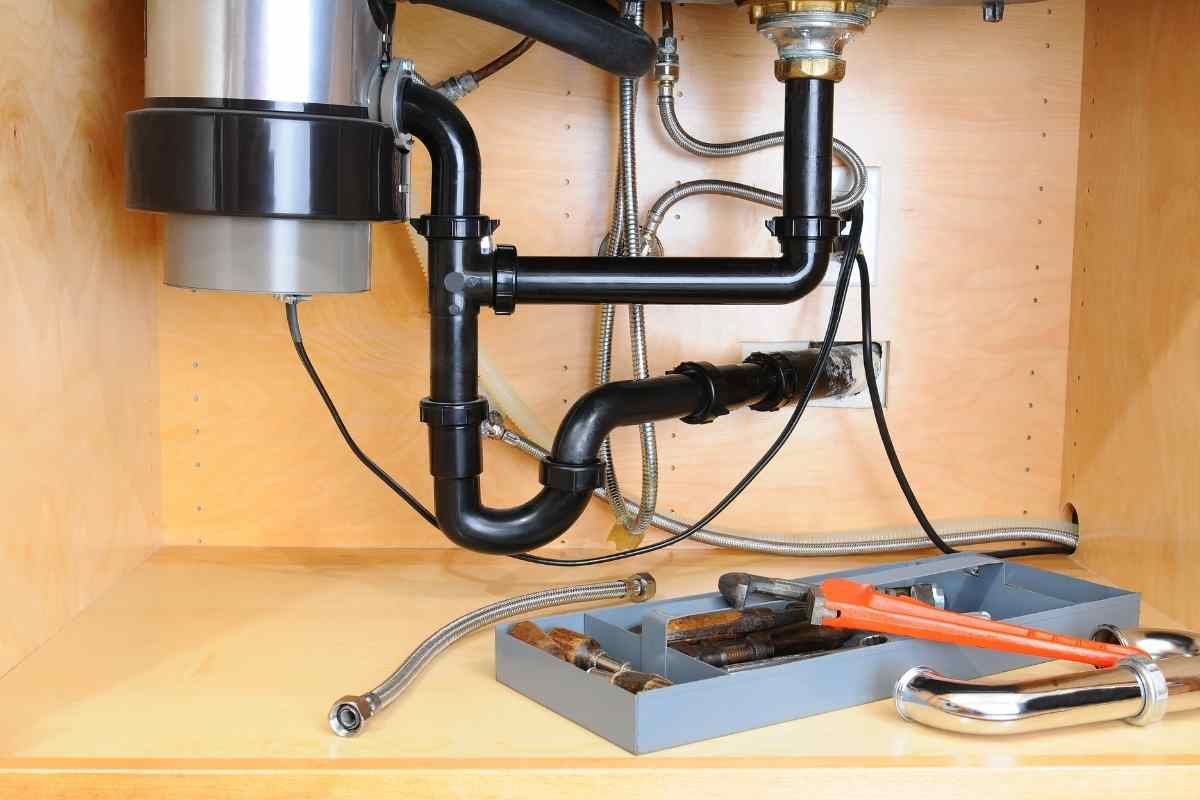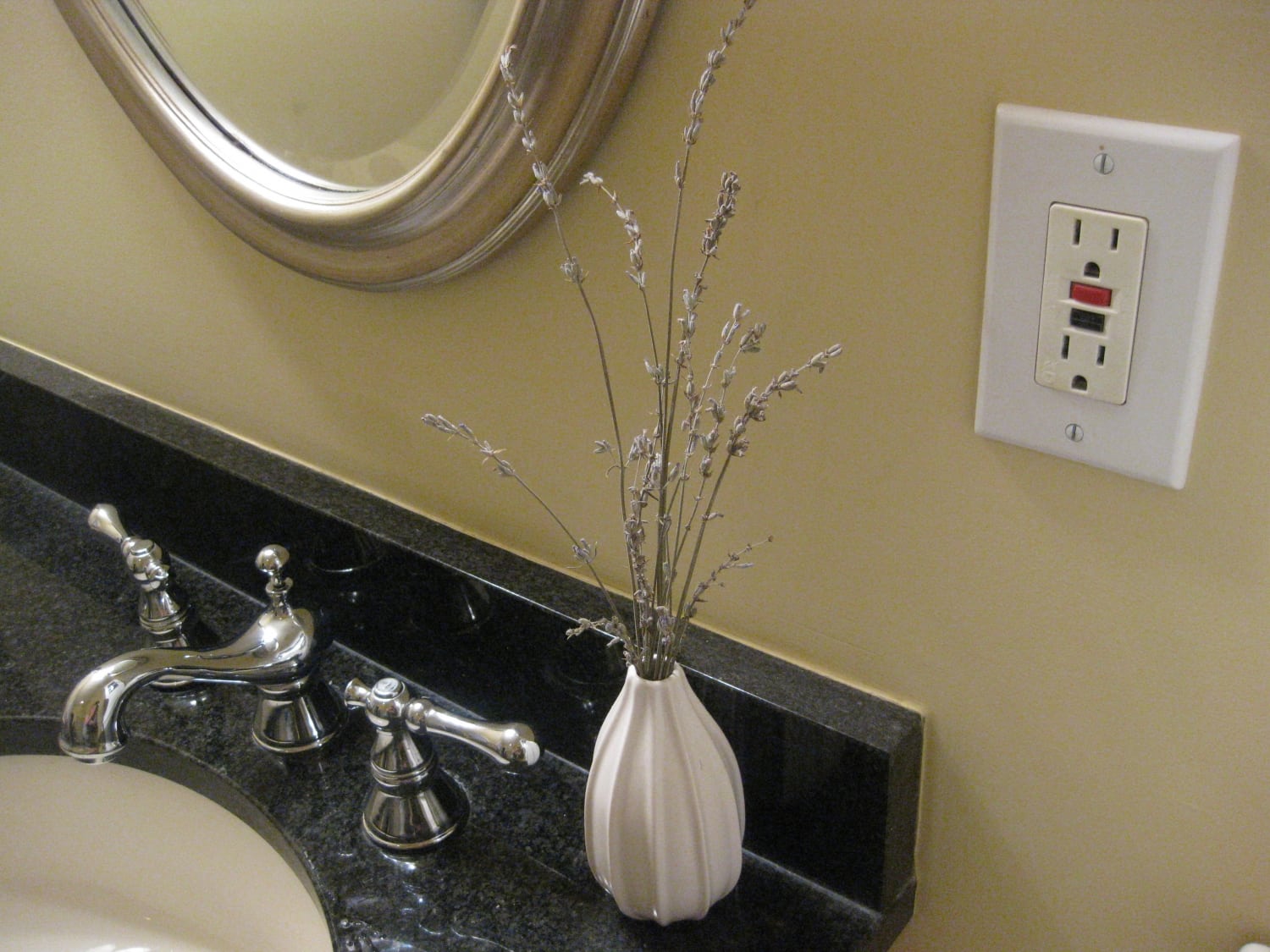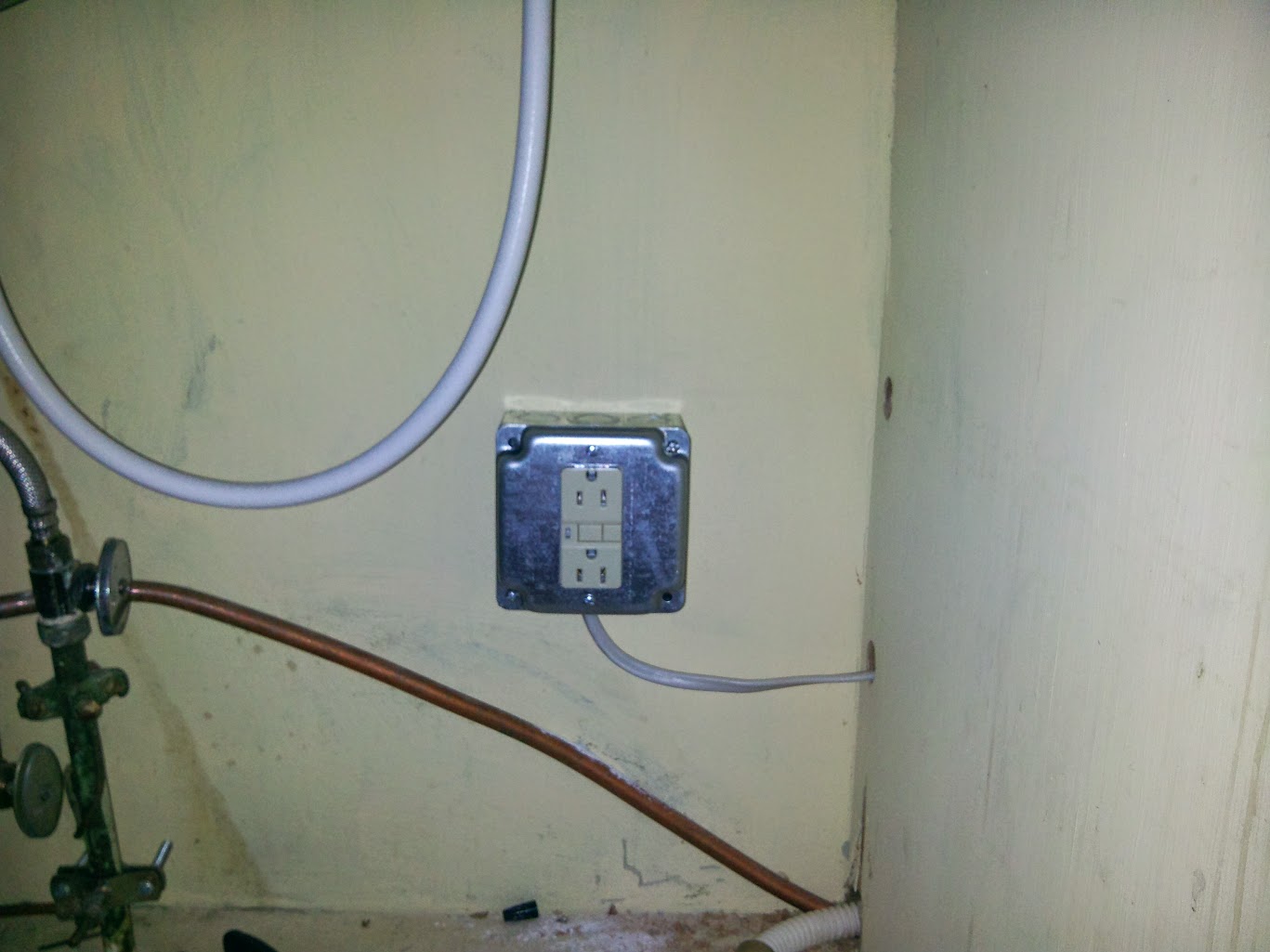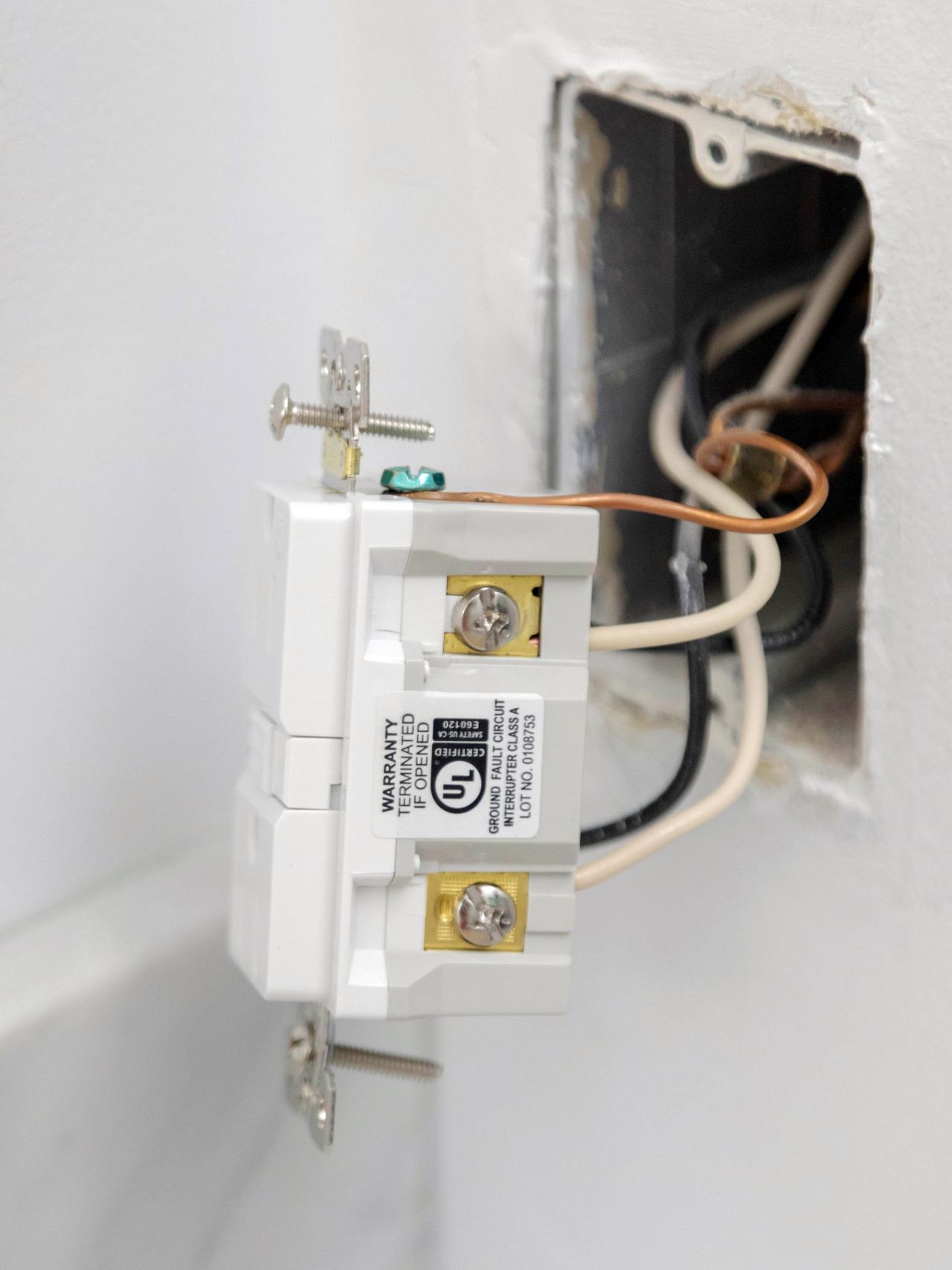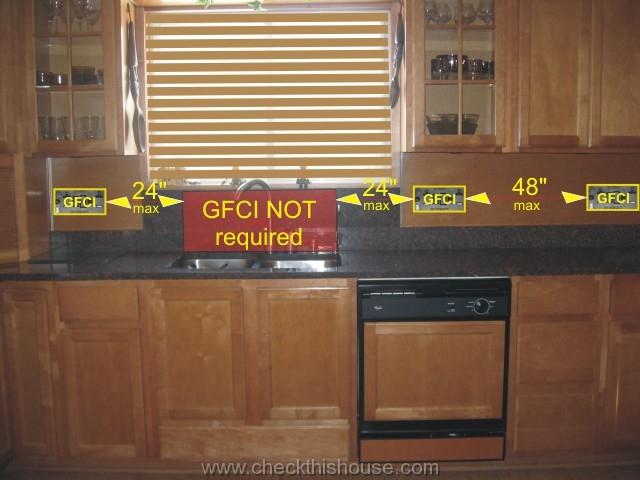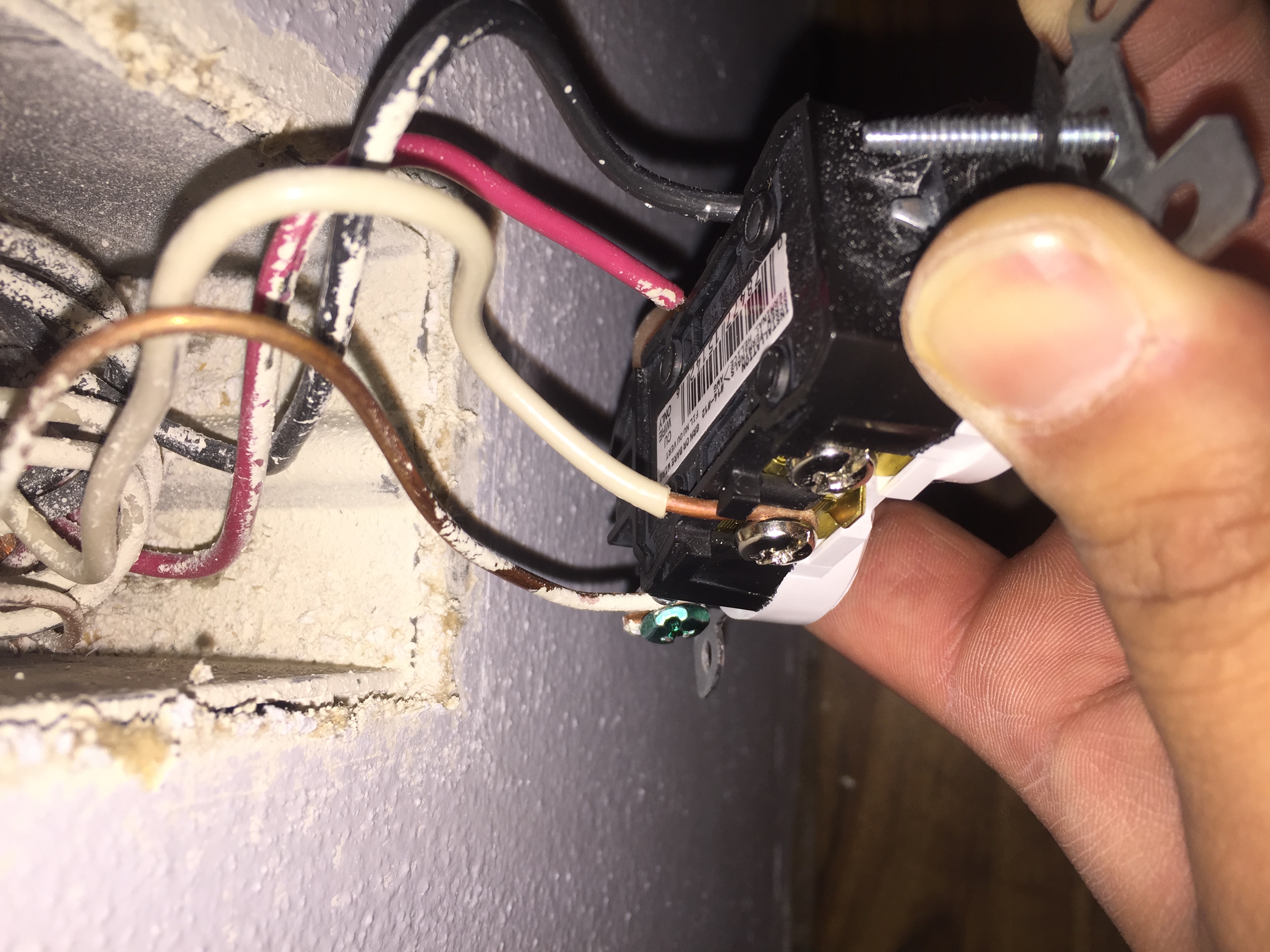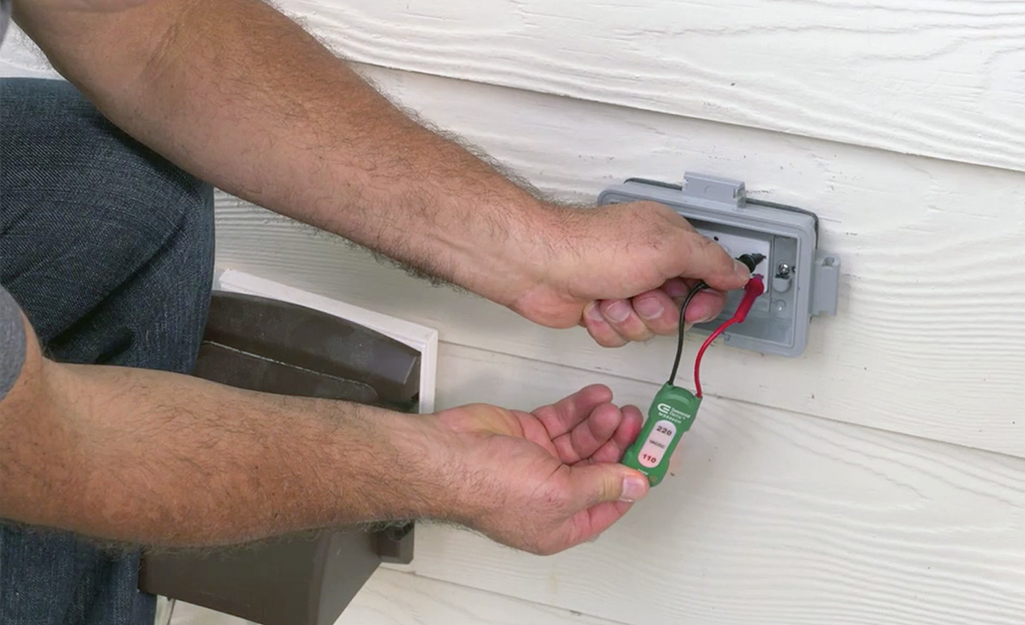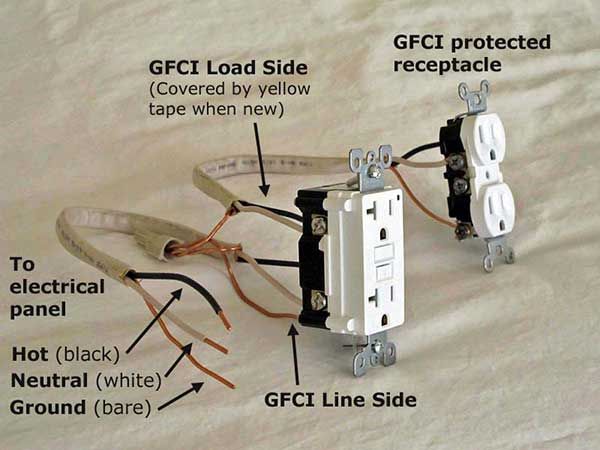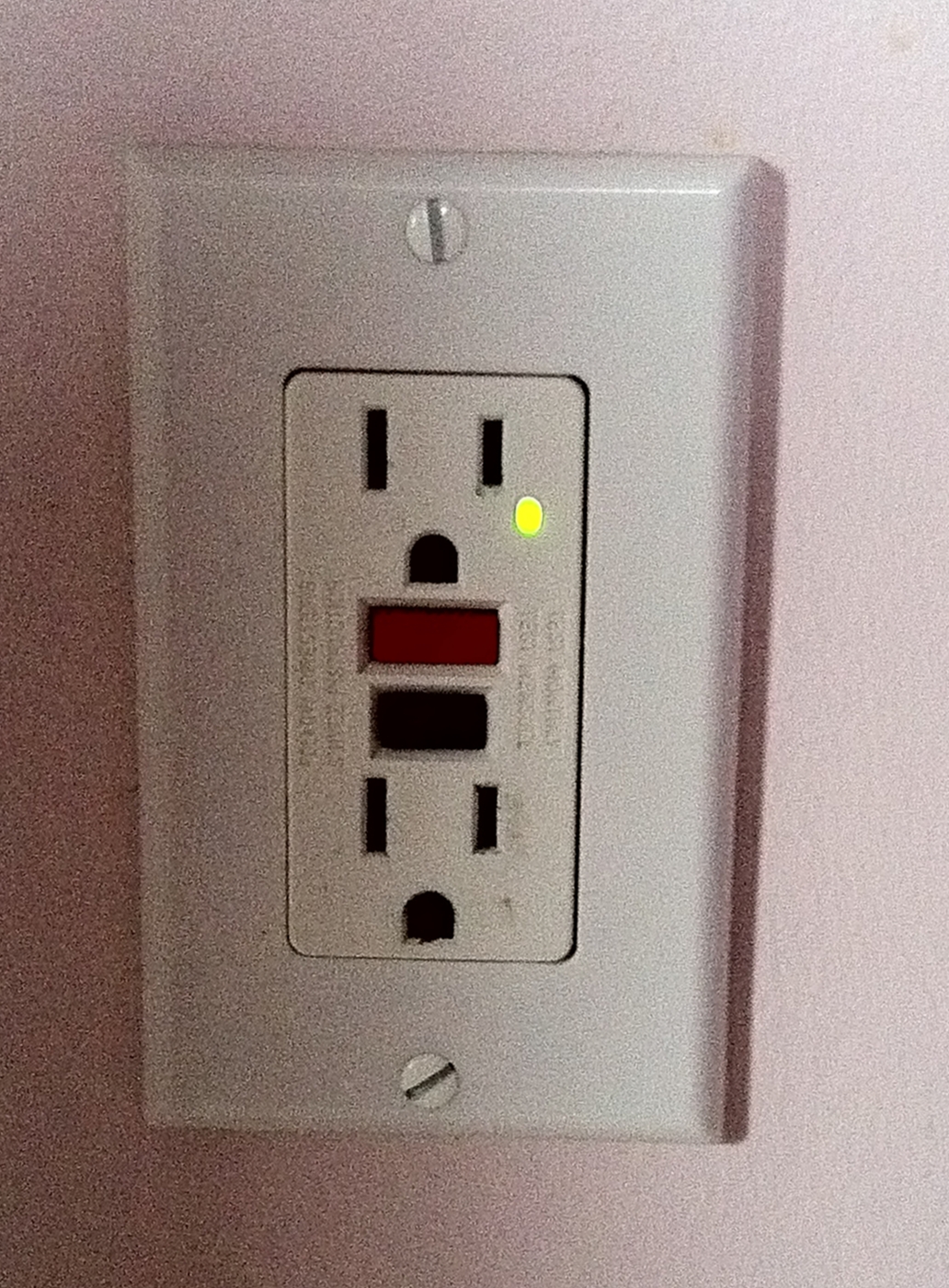The kitchen is one of the most important rooms in any home. It's where we prepare our meals, gather with family and friends, and often spend a significant amount of time. With the many electrical appliances and tools that we use in the kitchen, it's important to ensure that we have proper electrical safety measures in place. One important safety measure is installing a GFCI outlet under the kitchen sink. In this article, we will discuss the steps to install a GFCI outlet under the kitchen sink and why it's important to do so.Installing a GFCI Outlet Under the Kitchen Sink
If you're not familiar with electrical work, it's always best to hire a professional electrician to install a GFCI outlet under your kitchen sink. However, if you have experience with electrical work and feel confident in your abilities, here is a step-by-step guide for installing a GFCI outlet under the kitchen sink.How to Install a GFCI Outlet Under the Kitchen Sink
Step 1: Turn off the Power - Before beginning any electrical work, it's crucial to turn off the power to the area you'll be working in. You can do this by turning off the circuit breaker that controls the kitchen area. Step 2: Remove the Old Outlet - If there is already an outlet under your kitchen sink, you will need to remove it before installing the GFCI outlet. Use a screwdriver to unscrew the outlet from the wall and disconnect the wires. Step 3: Prepare the Wires - Strip the insulation off the ends of the wires to expose about half an inch of bare wire. If the wires are not long enough to reach the new GFCI outlet, you may need to use wire connectors to extend them. Step 4: Connect the Wires - Connect the black wire (hot) to the brass or gold screw on the GFCI outlet, the white wire (neutral) to the silver screw, and the bare copper wire (ground) to the green screw. Use wire connectors to secure the wires in place. Step 5: Mount the Outlet - Use screws to mount the GFCI outlet to the electrical box. Make sure the wires are not pinched or touching each other. Step 6: Test the GFCI Outlet - Once the outlet is securely mounted, turn the power back on and test the outlet by pressing the "TEST" button. The outlet should turn off. Press the "RESET" button to turn the outlet back on. If the outlet does not turn off when the "TEST" button is pressed, it may not be wired correctly, and you should seek professional help.Step-by-Step Guide for Installing a GFCI Outlet Under the Kitchen Sink
A GFCI (Ground Fault Circuit Interrupter) outlet is designed to protect you from electric shocks by detecting any imbalances in the electrical current. When an imbalance is detected, the GFCI outlet will shut off the power to prevent electric shock. This is especially important in areas where water is present, such as the kitchen sink. Installing a GFCI outlet under the kitchen sink adds an extra layer of protection to prevent electrical accidents.Electrical Safety: Installing a GFCI Outlet Under the Kitchen Sink
The kitchen sink is a common area for electrical accidents to occur. Whether it's from a faulty appliance or water splashing onto an outlet, the risk is significant. By installing a GFCI outlet under the kitchen sink, you are taking a proactive step in preventing these accidents from happening. Plus, having a GFCI outlet in your kitchen can also increase the value of your home.Why You Should Install a GFCI Outlet Under the Kitchen Sink
As mentioned earlier, it's always best to hire a professional electrician to install a GFCI outlet under your kitchen sink. However, if you have experience with electrical work and feel confident in your abilities, it can be a satisfying DIY project. Just be sure to follow all safety precautions and double check your work before turning the power back on.DIY: Installing a GFCI Outlet Under the Kitchen Sink
As mentioned in the step-by-step guide, the wiring process for a GFCI outlet is relatively simple. However, it's essential to ensure that the wires are connected correctly to avoid any potential hazards. If you're not comfortable with wiring, it's best to hire a professional to ensure the job is done safely and correctly.How to Wire a GFCI Outlet Under the Kitchen Sink
Tip 1: Use a GFCI outlet with weather-resistant features - Since the kitchen is an area with high moisture levels, it's best to use a GFCI outlet with weather-resistant features to prevent any damage from water exposure. Tip 2: Test the outlet regularly - It's crucial to test your GFCI outlet regularly to ensure it's functioning correctly. Simply press the "TEST" button to turn the outlet off and then press the "RESET" button to turn it back on. Tip 3: Consider hiring a professional - If you're not experienced with electrical work, it's always best to hire a professional to install a GFCI outlet under your kitchen sink. This will ensure the job is done safely and correctly.Tips for Installing a GFCI Outlet Under the Kitchen Sink
Mistake 1: Not turning off the power - This is perhaps the most crucial step and should never be skipped. Failure to turn off the power can result in serious injury or even death. Mistake 2: Incorrect wiring - It's essential to ensure that the wires are connected correctly to avoid any potential hazards. Be sure to double check your work before turning the power back on. Mistake 3: Not testing the outlet - After installing the GFCI outlet, it's crucial to test it to ensure it's functioning correctly. Skipping this step can lead to potential accidents in the future.Common Mistakes When Installing a GFCI Outlet Under the Kitchen Sink
Precaution 1: Turn off the power - This cannot be stressed enough. Always turn off the power before attempting any electrical work. Precaution 2: Wear protective gear - When working with electricity, it's essential to wear protective gear, such as rubber gloves and safety glasses, to prevent any potential injuries. Precaution 3: Seek professional help if needed - If you're not comfortable or experienced with electrical work, it's always best to hire a professional to ensure the job is done safely and correctly.Safety Precautions for Installing a GFCI Outlet Under the Kitchen Sink
Why It's Important to Have a GFCI Under the Kitchen Sink

The Dangers of Water and Electricity
 When it comes to household safety, one of the most important things to keep in mind is the potential danger of combining water and electricity. This is especially relevant in the kitchen, where both of these elements are present in abundance. While it's common knowledge to never use electrical appliances or outlets near water, accidents can still happen. That's why having a ground fault circuit interrupter (GFCI) under the kitchen sink is crucial for protecting yourself and your home.
When it comes to household safety, one of the most important things to keep in mind is the potential danger of combining water and electricity. This is especially relevant in the kitchen, where both of these elements are present in abundance. While it's common knowledge to never use electrical appliances or outlets near water, accidents can still happen. That's why having a ground fault circuit interrupter (GFCI) under the kitchen sink is crucial for protecting yourself and your home.
What is a GFCI and How Does it Work?
 A GFCI is a specialized outlet that is designed to quickly shut off power when it detects a sudden change in electrical current. This can happen when water comes into contact with an outlet or appliance, causing a potentially dangerous electrical shock. The GFCI works by continuously monitoring the flow of electricity between the outlet and the appliance. If it senses an imbalance, it will shut off power to prevent electrocution.
A GFCI is a specialized outlet that is designed to quickly shut off power when it detects a sudden change in electrical current. This can happen when water comes into contact with an outlet or appliance, causing a potentially dangerous electrical shock. The GFCI works by continuously monitoring the flow of electricity between the outlet and the appliance. If it senses an imbalance, it will shut off power to prevent electrocution.
The Benefits of Having a GFCI Under the Kitchen Sink
 Having a GFCI under the kitchen sink provides an added layer of protection against electrical shocks. This is especially important in the kitchen, where water is used frequently for cooking and cleaning. Accidents can happen at any time, and having a GFCI can help prevent serious injuries or even save a life. Additionally, having a GFCI can also protect your appliances from damage due to electrical surges, which can happen if water comes into contact with an outlet or appliance.
Having a GFCI under the kitchen sink provides an added layer of protection against electrical shocks. This is especially important in the kitchen, where water is used frequently for cooking and cleaning. Accidents can happen at any time, and having a GFCI can help prevent serious injuries or even save a life. Additionally, having a GFCI can also protect your appliances from damage due to electrical surges, which can happen if water comes into contact with an outlet or appliance.
Meeting Safety Standards
 According to the National Electrical Code, all new homes and renovations must have GFCI outlets installed in kitchens within six feet of the sink. This includes not only the standard outlets but also any outlets that are located on the countertop or under the kitchen sink. This safety standard is in place to ensure the well-being of homeowners and to prevent potential hazards.
According to the National Electrical Code, all new homes and renovations must have GFCI outlets installed in kitchens within six feet of the sink. This includes not only the standard outlets but also any outlets that are located on the countertop or under the kitchen sink. This safety standard is in place to ensure the well-being of homeowners and to prevent potential hazards.
Conclusion
 In conclusion, having a GFCI under the kitchen sink is an essential safety measure in any home. It provides protection against electrical shocks and can prevent damage to appliances. With the constant presence of water in the kitchen, it's important to have this added layer of safety to avoid potential accidents. So if you're in the process of designing or renovating your kitchen, be sure to include a GFCI under the sink to meet safety standards and protect yourself and your family.
In conclusion, having a GFCI under the kitchen sink is an essential safety measure in any home. It provides protection against electrical shocks and can prevent damage to appliances. With the constant presence of water in the kitchen, it's important to have this added layer of safety to avoid potential accidents. So if you're in the process of designing or renovating your kitchen, be sure to include a GFCI under the sink to meet safety standards and protect yourself and your family.
